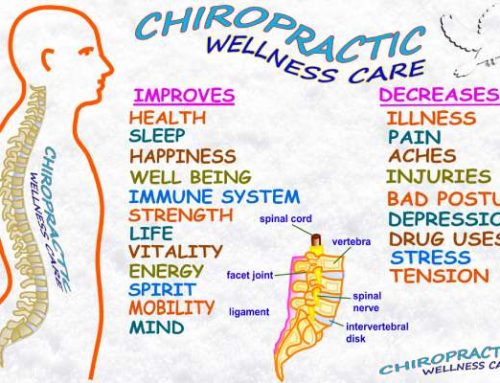The body is made up of a series of joints which together with the muscles, make up a kinetic chain. Any joint in the chain affects the joints above and below it. For example, knee problems can be influenced or caused by hip or low back problems. Ankle and foot problems can also cause knee problems. Inversely knee problems can cause low back or foot problems. The way these joints and muscles are positioned in space form our posture. Our posture influences the way we sit, stand, walk and carry ourselves.
Optimal posture is the state of muscular and skeletal balance. The balance is from top to bottom and from side to side. This balance protects the supporting structures of the body and minimizes stress on joints throughout the kinetic chain. Conversely, faulty posture increases stress on the joints of the body. This stress can put the body at a greater risk for injury and degenerative changes. In addition, extreme postural disturbance can have negative effects on the respiratory, digestive and circulatory systems both mechanically and through nervous system irritation.
The causes of poor posture can be divided into two categories: 1) positional and 2) structural. Structural causes of poor posture can be developmental or traumatic from some sort of accident. These changes are usually permanent and can rarely be corrected through conservative treatments. Positional changes in posture can be caused by many factors.
1. Habit of sitting slouched forward or bent to one side, with legs always crossed the same way.
2. Psychological factors: shyness or self esteem issues.
3. Pain and cramping leading to muscle guarding
4. Muscle imbalance, spasm or contracture
5. Respiratory conditions.
6. Obesity.
Virtually all of these can be corrected through conservative treatments such as exercise, stretching and chiropractic care or some combination of these treatments. Some developmental problems are outgrown such as being shy or being the tallest pupil in the class. Some postural problems are habitual and these habits must be broken. Slouching is becoming more prevalent in young children due to the increased popularity of video games and computers. Sitting hunched forward for extended periods of time looking at a computer screen causes the head to be pulled forward and the shoulders to become rounded. This forward head carriage and rounded shoulders can continue to progress and lead to more severe distortions later in life. Time spent in front of a computer screen should be limited. Workstations should also be evaluated for proper ergonomics to ensure proper posture is maintained and supported during the long hours at work. So, when your Mother told you to ‘sit up straight’ she was really just looking out for you.
Improving your posture takes a conscious effort to straighten up and follow a prescribed treatment plan to strengthen postural muscles and restore balance. The benefits however can be far reaching for overall health and wellness, not just for proper biomechanics and appearance, bur for limiting the amount of joint and therefore spinal nerve irritation. Visit your chiropractor for a postural analysis and to set up a proper corrective treatment program.


